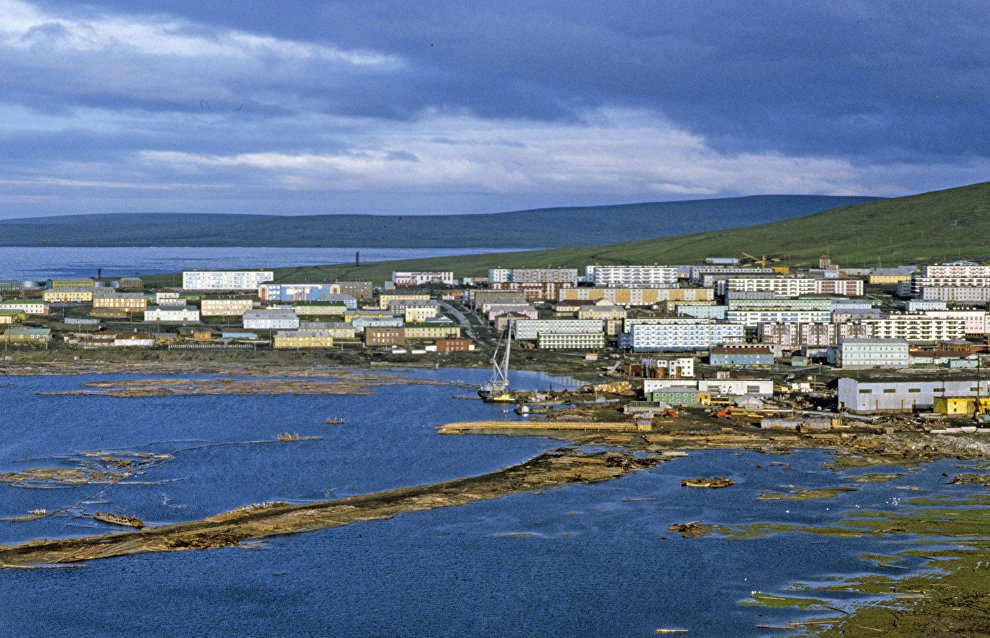The Government makes a list of backbone territories in Russia's Arctic zone
The Ministry for the Development of the Russian Far East and Arctic has drafted a list of backbone territories in the Russian Arctic zone. It includes 16 agglomerations consisting of 26 settlements.
“These are 16 backbone settlements: the Murmansk agglomeration, which includes the Northern Fleet base and the closed administrative territorial entity of Severomorsk; the Kirovsk-Apatity agglomeration <...>; the Monchegorsk agglomeration <....>; the Kem-Belomorsk agglomeration in the Republic of Karelia <...>; the Arkhangelsk agglomeration <...>; the Naryan-Mar agglomeration; and Novy Urengoi, Noyabrsk and Salekhard in the Yamal-Nenets Autonomous Area. The Vorkuta agglomeration in Komi; Norilsk and Dudinka in the Krasnoyarsk Territory <...>; Dikson and Tiksi in Yakutia; and Pevek and Anadyr in Chukotka,” Maksim Dankin, director of the department for Russian Arctic development and project implementation at the Ministry for the Development of the Russian Far East and Arctic, said during a meeting of the centre for developing cities and other settlements in the Russian Arctic zone.
Minister for the Development of the Russian Far East and Arctic Alexei Chekunkov added that by July 1, 2024, master plans until 2035 should be developed for the selected settlements. Also, by October 1, 2024, a comprehensive plan for the long-term socio-economic development of these settlements until 2035 should be approved, based on the developed master plans. As Dankin noted, various criteria were taken into account when drafting the list of settlements; the selection system was based the functional characteristics of certain cities and towns in the Arctic zone.
“An emphasis was placed on closed administrative territorial entities, places of residence and deployment of military units, the border zone, mining industry development, existing reserves for developing deposits, including for the uninterrupted supply of metallurgical enterprises with strategically important raw materials for import substitution, and major investment projects, including those related to projects of technological sovereignty,” Dankin said.
